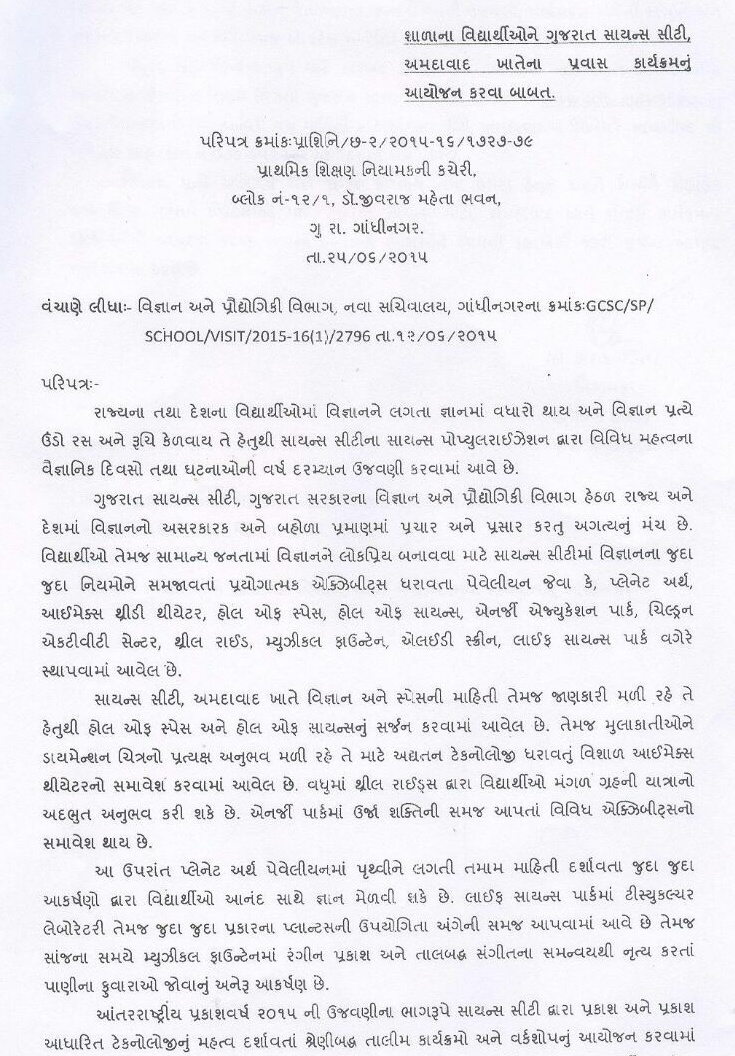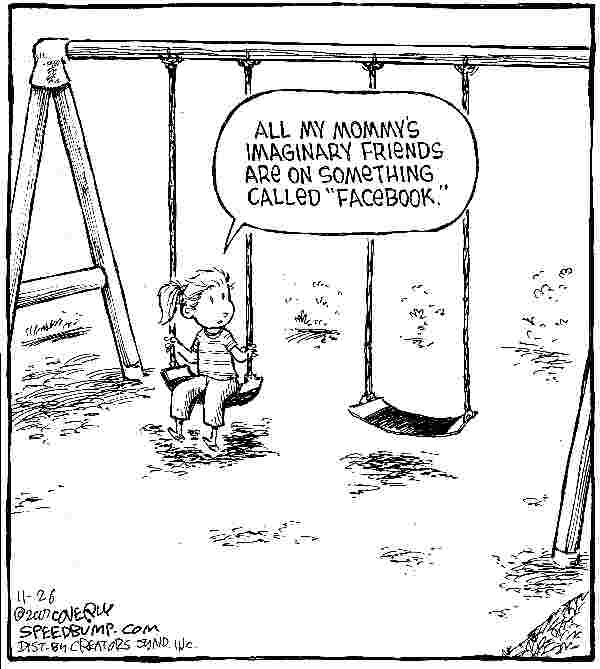A Functional Anatomical Study of Unipolar Depression.
One example of a case study into unipolar depression (also known as major depressive disorder) is the case of Joseph Westbecker, who suffered from prolonged unipolar depression which caused him to kill fellow colleagues and to commit suicide.
Bipolar disorder is different from unipolar depression in that symptoms of mania and hypomania arise that are often associated with varying degrees of agitation, euphoria, impulsivity, irritability, and psychotic ideation. The following case study will track the course of bipolar disorder in an eighteen-year old.

TAKE ACTION. Medical treatment or counselling can make living with depression easier. Start by visiting a GP. A GP can refer you or your loved to specialists (psychiatrist, psychologist, mental health social worker) for the right care to get back on track.

Case studies Eating Disorder Case study I've beaten anorexia once and have lived freely for two years with the help of CAMHS, unfortunately life has been harder recently so that I've relapsed, but again CAMHS have been understanding and helpful in trying through.

The present study aims at determining the prevalence of NSS and explore the association of sociodemographic characteristics with the occurrence of NSS in patients with bipolar disorder and unipolar depression compared to healthy controls. A case-control study included a sample of 50 bipolar and unipolar patients and 50 healthy controls.

Bipolar Disorder Case Study: Bipolar disorder or bipolar affective disorder (historically known as manic-depressive disorder or manic depression) is a psychiatric diagnosis for a mood disorder in which people experience disruptive mood swings.

Physical Therapy can play a role in treating the musculoskeletal dysfunctions while simultaneously structuring treatment sessions to help alleviate symptoms of depression This case study shows what may be seen in a patient coming in for musculoskeletal pain with an underlying depression disorder.

This case study provides a brief profile of a client referred to as B, followed by an initial diagnosis of B according to the Diagnostic and Statistical Manual (DSM-IV-TR). A discussion of the diagnostic criteria, as applicable to B’s profile is provided and the incidence, course, and outcome of the disorder presented.

For other discipline-specific case studies, navigate using the left menu. PRIME also offers FREE CME and CE courses for a variety of health care disciplines. Major Depressive Disorder: Comparative Effectiveness of Nonpharmacologic Treatments In Adults.

Start studying Unipolar depression Abnormal Psych. Learn vocabulary, terms, and more with flashcards, games, and other study tools.

Bipolar II Versus Unipolar Chronic Depression: A 312-Case Study Franco Benazzi Differences between bipolar II depression and unipo- lar depression have been reported, such as a lower age at onset and more atypical features in bipolar II depression.

This is the first study to our knowledge to identify a neurophysiological marker that prospectively predicts conversion to bipolar I disorder. The fact that unipolar depression is characterized by.

When a patient suffering from bipolar II disorder is misdiagnosed as experiencing unipolar depression, the recommended treatment of the latter may precipitate a hypomanic or manic episode. Unchecked hypomanic symptoms may include risky behaviors, through which a patient could sustain irreparable damage to relationships, careers, and finances.



